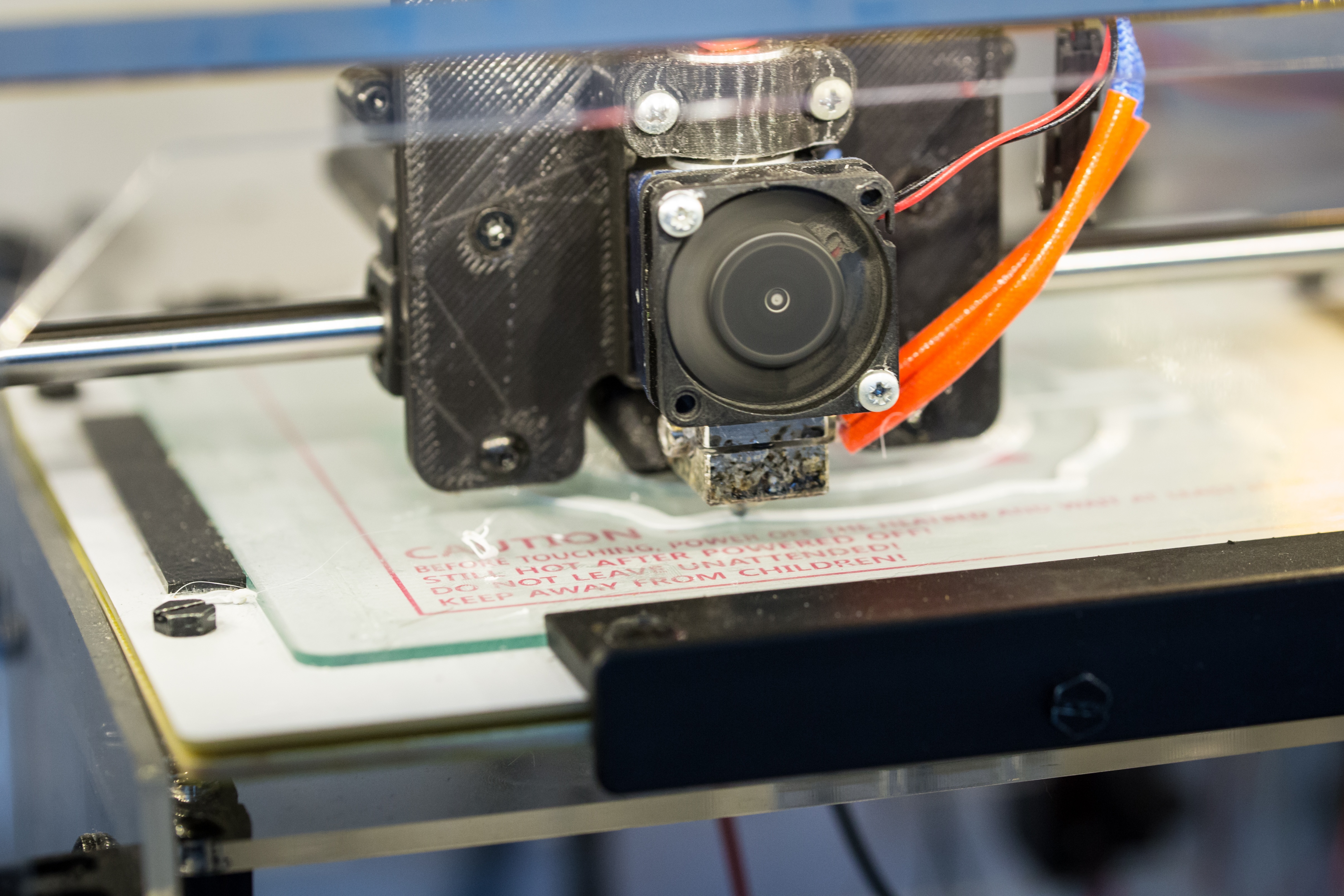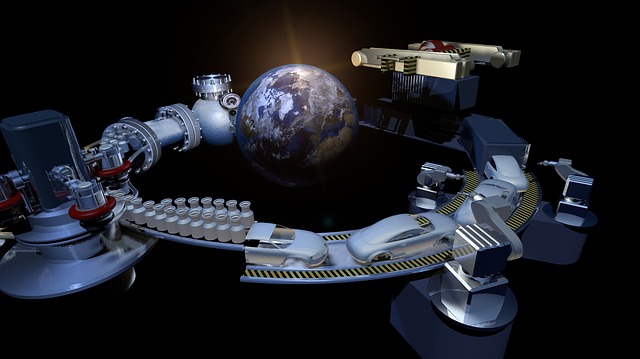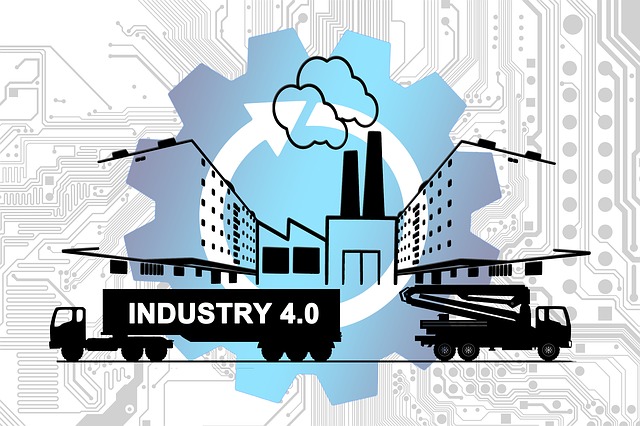Additive manufacturing
The idea, now considered simple and straightforward, by which any object can be built superposing layers of materials (i.e. in an additive way) differs from the traditional manufacturing processes which use material distribution (such as injection molding, casting, rolling, forging, etc.) or material removal (such as drilling, turning, milling, grinding, etc.).
According to ISO/ASTM 52900:2015 standard, Additive Manufacturing (AM) represents the “process of joining materials to make parts from 3D model data, usually layer upon layer, as opposed to subtractive manufacturing and formative manufacturing methodologies”.
That is to say any 3D object can be created by putting thin layers (2½D) of material one on the top of the other until the object is completely built. How these layers are formed and how layers adhere to each other depends on the process type and material – details being presented in the next section dedicated to AM processes.
Other names by which AM technology is known are: Rapid Prototyping (the initial term used for this group of processes, related to the fact that the first manufactured objects were prototypes, a paradigm switch towards Rapid Manufacturing being made after 2002 when the number of metallic functional parts manufactured raised substantially, but evidently not reaching the mass production level, 3D Printing (usually referring to low-cost systems), Layer-by-layer Manufacturing, Layered Fabrication, Direct Manufacturing, Direct Digital Manufacturing or Solid Freeform Fabrication.












